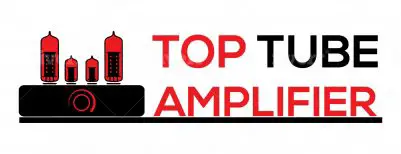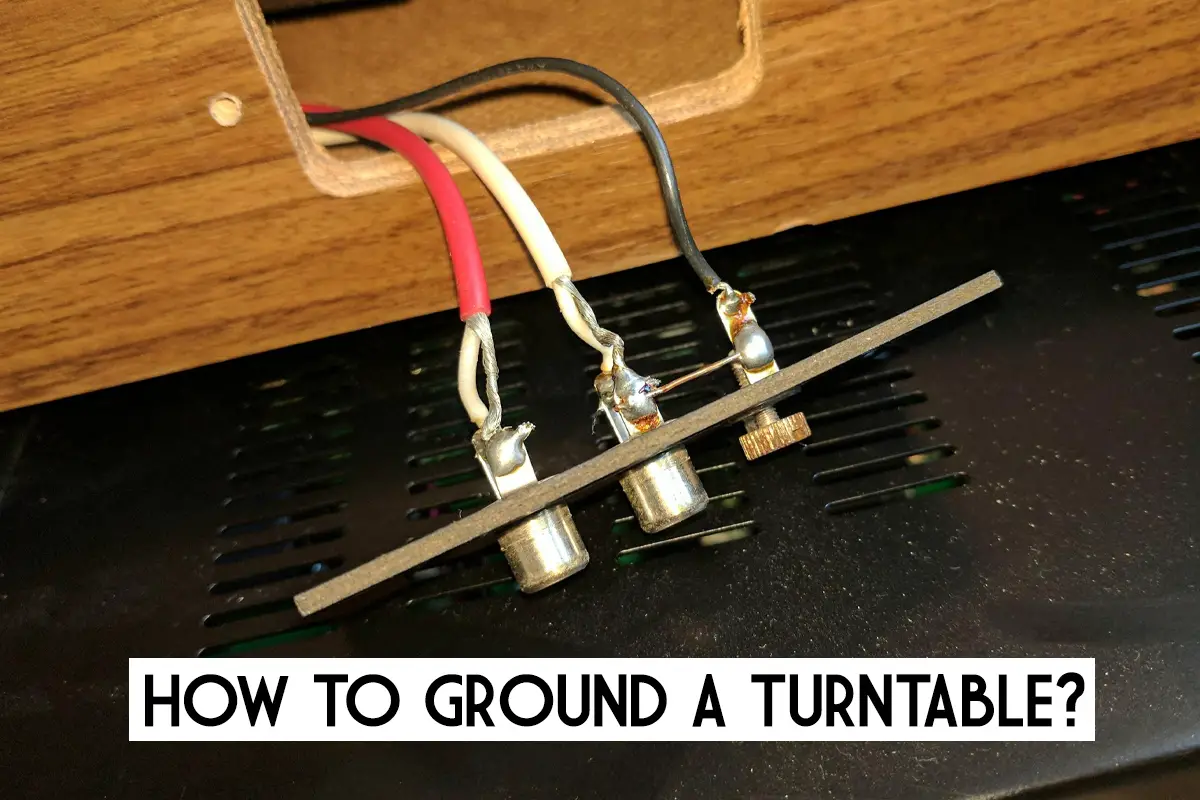Turntables are a great piece of kit for music lovers. They allow you to play vinyl records and also connect to your speakers or headphones so that you can listen to your favorite tracks. However, it can be difficult to ground these devices if you’re working with older models which often use two-prong plugs. The following steps outline the process for grounding a turntable record player-it may seem complicated but it’s worth the effort!
In this article I will explain you how to ground a turntable.
It may seem like an easy task, but grounding your turntable is actually not as straightforward as one might think. If you have an old model with two prongs in the plug, then this guide will walk through how to make sure it’s grounded properly and safely without sparking any electrical fires!
Before you start, make sure that the power is disconnected from your turntable. You can check this by switching the plug to another outlet or removing the fuse for a few minutes. Once you’re positive it is completely off, then disconnect any wires which may be connected to your device and remove them carefully.
This will allow you to make any changes you need to without worrying about electric shock.
Grounding Your Turntable

First of all, put the turntable on a non-conductive surface (one which doesn’t actually conduct electricity). This ensures that the grounding wires don’t pick up stray electricity around your home and that there is no worry of shorting out your device.
This surface should ideally be wood or plastic coated and thick, as it will prevent any sort of shock from occurring.
Next, you need to remove the top of your vinyl record player so that you can see the insides. You may have a screwdriver for this, but if not then just use your hands to pull off any pieces which are in place on the turntable and set them aside somewhere safe (so that they don’t get damaged).
Once open, you’ll find some electronic components inside-this is where you’re going to connect your wires! Take an extra length of wire and strip back both ends about half an inch so that there is no more protective casing left over them. Now choose one wire to be your positive and one to be negative.
According to the image above, you can see how this works-one wire is going into a component which is silver (the metal with a white ring around it) and the other going into one which has blue insulation around it. Because the silver is a direct line to ground, this will allow electricity to flow through your conductor and into the machine.
Take one end of each wire and place it inside the hole where green meets black on the motherboard. Make sure that they are placed head first-if you put them in any other way then they may not function! This will make sure that your grounding wires have full contact with the machine so that you don’t get shocking results later down the line.
Now you need to screw the top panel back on and reconnect any wires you previously disconnected. If your turntable was working before then rebuilding it should be a simple task, whereas if there were some issues with your device then this may have resolved them-always make sure to test things out though!
Finally, time for the moment of truth-turn the power on and spin a record (you can actually do that at this stage directly without worrying about shocking yourself!) Check all connections in the process, from where your grounding wires are inserted into motherboard to where they connect up to an amp or speaker set.
Once this has been done and tested successfully, then congratulations! Your turntable is now properly grounded so that you can have a safe and thrilling listen to your favorite records any time you want.
When you don’t need to ground your turntable?
If you have a turntable which can plug into the mains socket directly (instead of using a screw-in plug) then there is no need for this guide. Simply put the wire in your socket with the black connector to the ground terminal and the white one to hot. This will connect your device electrically without leaving any questions about whether it’s safe or not.
Many modern turntables can do this, so you won’t need to worry about the grounding method when your device can be plugged directly into the socket of an electrical outlet.
However, if your turntable has a two-prong plug as mentioned above then it is recommended that you follow this tutorial for ground connections!
There is also another way to ground your turntable which doesn’t involve swapping any wires or installing new components and that is by simply purchasing a grounding cable . This type of accessory connects directly in from your RCA plugs (the ones used for connecting to speakers) without having to install any other devices first. Therefore, we recommend this option over the previously described method if possible due to convenience.
This item will allow you to listen safely to your music collection without risking shock or injury, and is a great option to consider if the grounding method described above is too much of a hassle for you.
If you’re looking for other ways to keep yourself safe when using record players then we recommend that you also invest in some vinyl record gloves . This will prevent static from building up on your hands and being transferred onto records, which can have negative effects on their sound quality and result in annoying pops and crackles through speakers while playing them. You may think this is unnecessary, but it’s a small investment which could make all the difference in the long run!
Conclusion
Trying to ground a turntable can be difficult, but the end result is well worth it thanks to a rich, full sound which will impress your friends and family. The ability to listen in safety is an absolute must for those who enjoy this hobby, so we highly recommend that you follow through with these steps.
It may seem like a lot of work initially, but once you’ve done it then there’s no going back! You’ll never want to use your turntable without having it grounded again because you know what damage using it could do if electricity were sent through people due to poor wiring or grounding!
We hope that our guide has been helpful-we wish you luck with grounding turntables of any kind. Good luck!
And if you have any questions feel free to contact me.

